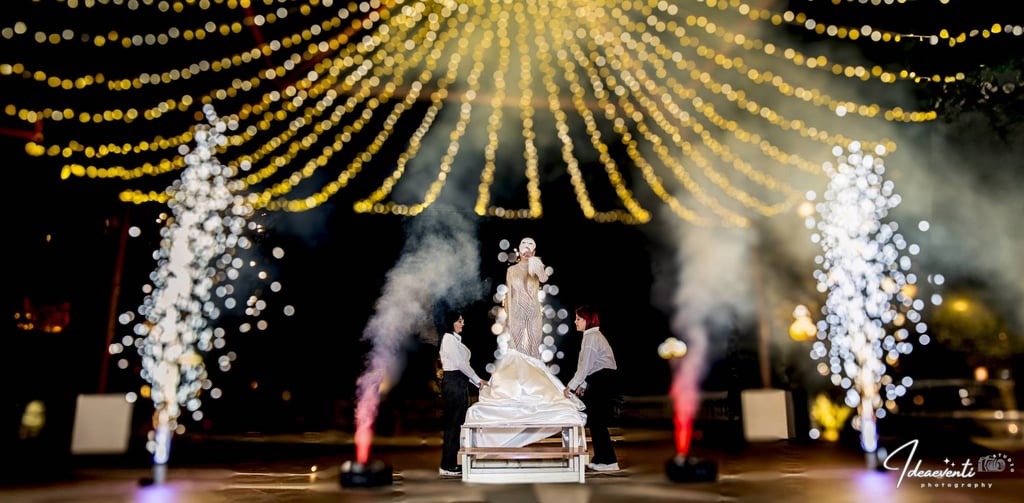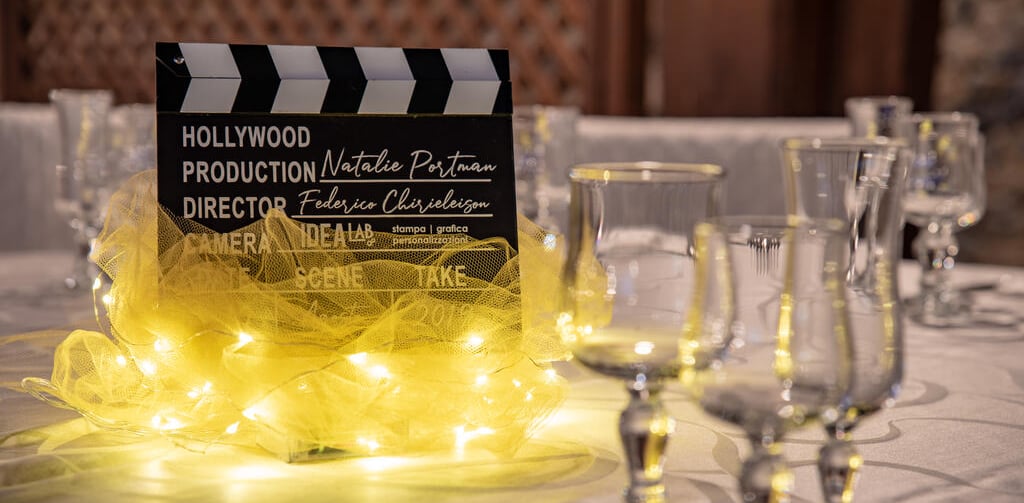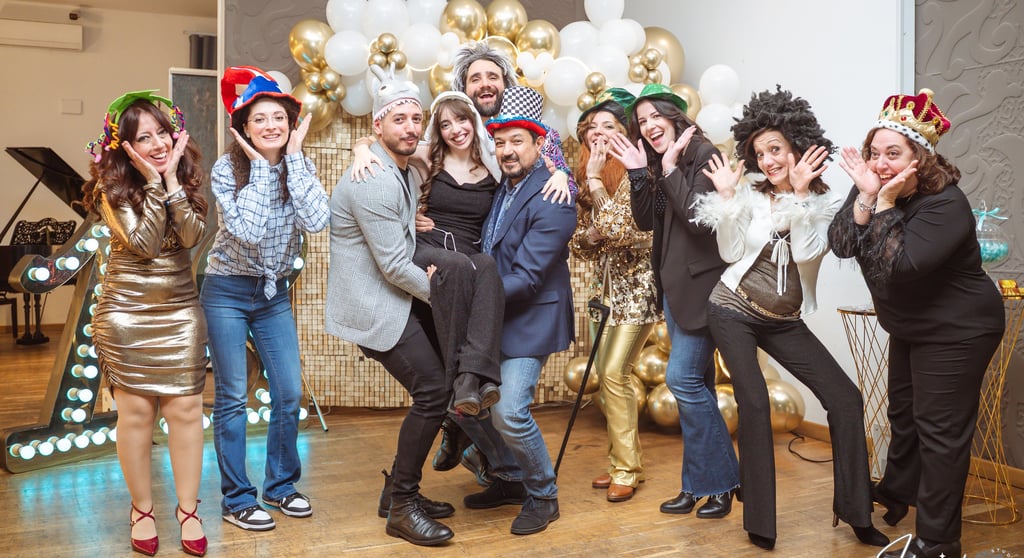🧠 The brain at the event: neuroscience, emotions and memories that remain
How guests' minds work (and how to use psychology to create unforgettable experiences). Why do some events stay with us and others vanish as soon as we leave the venue? The answer isn't (just) in the budget or the setup, but in something deeper: how the human brain works. Attention, emotion, surprise, memory: every detail of the experience is filtered by neuropsychological mechanisms. In this article, we explore how to design more effective events based on what science says.
🧠 1. Attention is selective (and tires quickly)
🔎 The human brain filters 90% of incoming information. Only what really resonates gets registered.
Attention has a time threshold: after 10-15 minutes, it wanes.
The brain loves change: colors, sounds, rhythm, interactions.
Unexpected stimuli reactivate attention (e.g., light changes, sound transitions, surprising visual content).
Practical tip:
👉 Break the event into micro-moments with different formats. Alternate speeches with experiential moments, dynamic breaks, and visual games.


💥 2. Emotion fixes memory (always)
❤️If something excites us, the brain registers it more easily and for longer.
Emotion = memory accelerator.
You don't need to be deeply emotional: just generate personal connections (sharing, surprise, authenticity).
Music, scents, lights: multisensory stimuli generate a stronger imprinting.


🧬 3. The brain loves stories (more than data)
📖 Narratives activate more brain areas than numbers and logical arguments.
A good story activates empathy, curiosity, and connection.
Visual language reinforces the narrative (images, objects, coherent environments).
Audiences don't remember exactly what you said, but how you made them feel.
Practical tip:
👉 Build a narrative thread for the event (e.g., journey, discovery, transformation). Create a consistent tone between the invitation, welcome, content, and closing.


🧠 4. Engage the body to activate the mind
🕺 Physical involvement increases comprehension and memorization.
Doing is better than seeing: physical action consolidates learning (principle of embodied cognition).
Micro-interactions during the event (play, movement, creation) enhance the cognitive experience.
Practical tip:
👉Include interactive moments: real-time voting, touch installations, objects to manipulate, sensory stations.


🌌 5. The brain hates boredom (but loves order)
🧩 Too much cluttered information = cognitive stress. Little, well-organized information = pleasure + memorability.
Too many simultaneous stimuli generate confusion and “cognitive drop-out”.
People like to feel oriented: to know what's happening, where to go, what to expect.
Clarity is creative: event UX, signage, narrative flow = key.
🔚 Conclusion
Creating memorable events doesn't mean dazzling with special effects, but knowing how to communicate with people's minds.
When we design experiences that respect attention, trigger emotions, and build stories, we create something that lasts.
And this, today, is the true value.


